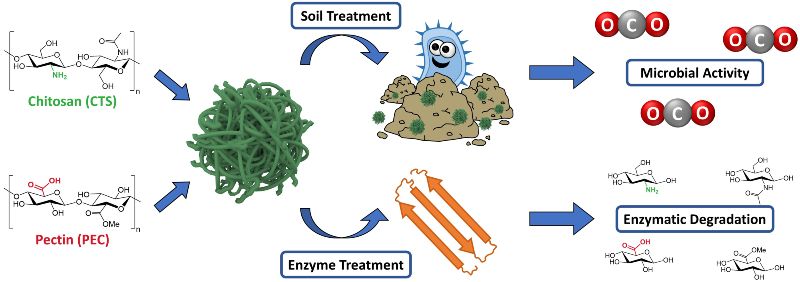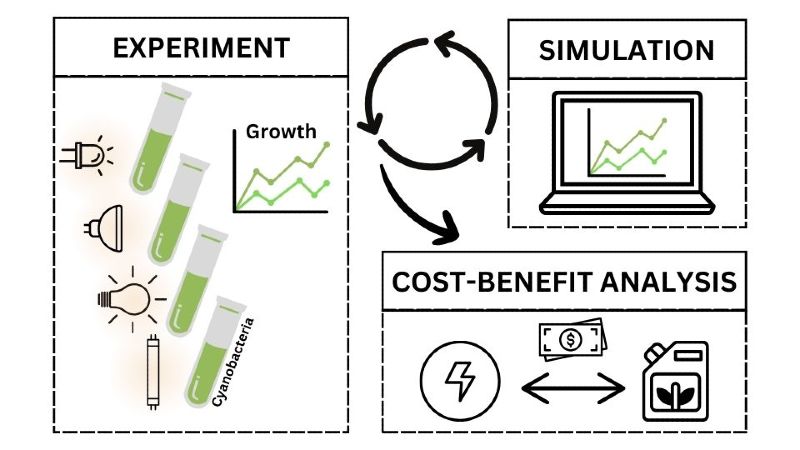Fabian Kolodzy, Functional and Interactive polymers, RWTH Aachen
Anna Wendel, INRES - Molecular Biology of the Rhizosphere, University of Bonn
Funding period: 15.03.-14.09.2024

The development of sustainable, less hazardous strategies for crop production is of great importance to maintain plant health and yield while decreasing the environmental impact of fertilizers and pesticides. In recent years, microgel carrier-based formulations were successfully applied for controlled release of agrochemicals in the lab and on the field. Microgels synthesized from renewable resources (polysaccharides) represent the next generation materials for agricultural applications in agreement with the principles of circular bioeconomy. In this Mini-Project, we will investigate the effect of the crosslinking mechanism (covalent vs. supramolecular) of pectin and chitosan microgels on their enzymatic degradation under laboratory conditions and in soil.

Tobias Pfennig, Computational Life Science, RWTH Aachen
Andreas Nakielski, Yasemin Baran, Synthetic Mikrobiology, HHU Düsseldorf
Funding period: 01.01.-30.06.2024
Cyanobacteria, regardless if for industrial or research purposes are cultivated using lighting systems with vastly differing light spectra (Johnson et al. 2018; Park and Dinh 2019). Commonly used are white light sources like halogen or fluorescent lamps and single-colour sources with filters or LEDs. It has been shown that irradiance colour majorly affects the growth, metabolism, and biotechnological productivity of cyanobacteria (Luimstra et al. 2018; Park and Dinh 2019; Bernát et al. 2021; Rodrigues et al. 2023). Indeed, a recent modelling work in our group suggested the use-efficiency might differ even between white light sources and that optimal light conditions also depend on the ATP:NADPH ratio of the target product (Pfennig et al. 2023). Therefore, lighting is critical for optimising cyanobacterial growth conditions. However, artificial light sources vary in their power consumption and efficiency, raising the bioeconomical question which cultivation light sources are the most cost efficient long-term (Johnson et al. 2018; Doğanşahin et al. 2021).
This project aims at evaluating the culture growth promotion and power consumption cost of different light sources using mechanistic mathematical modelling and growth experiments. Interdisciplinary studies using non-mechanistic models have been successfully used before to investigate light effects on growth in photobioreactors (Souliès et al. 2016). As cyanobacterial strains and species differ in their pigment composition and metabolic demands, e.g. between diazotrophic and non-diazotrophic species, we will test for differences in lighting preference. Notably, this project will also inform about the comparability of growth experiments performed with different lighting setups.